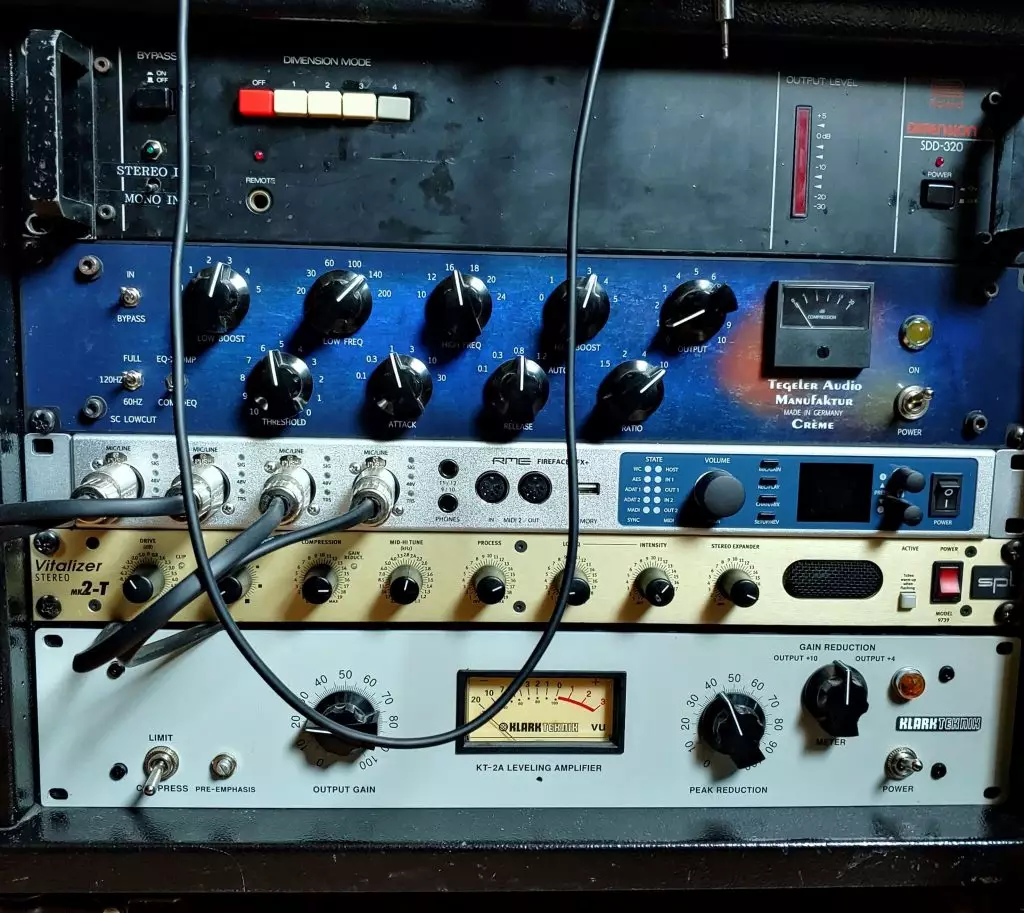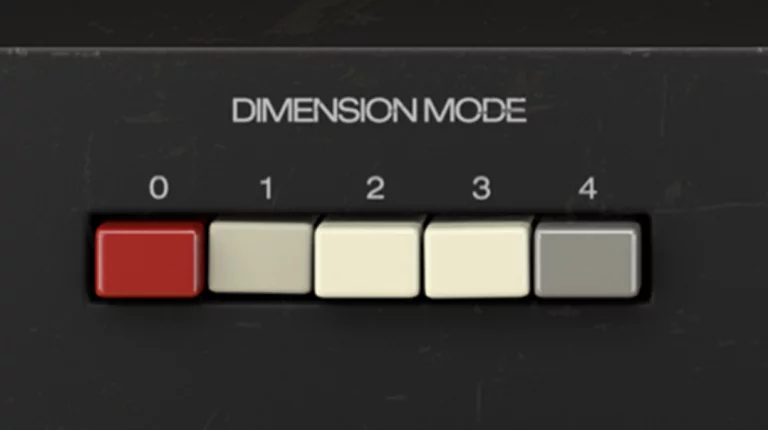Last Updated on February 13, 2021 by IDS Team
Wow, we live in such interesting times. VSTs are getting better and better, and now they can almost, and we really mean almost emulate the hardware sound. No wonder Arturia delayed emulating the Roland Chorus Dimension-D (aka Roland SSD-320). I am guessing they wanted to do it just right, because wow! – this thing is a killer tool to have in your arsenal. They done it, we think they did a good job, and you can get a nice discount right now here.
And if you are looking for a VST Synth to get along with this massive VST effect, we have compiled and reviewed the best VST synths in the market right now here.
The original Roland Dimension D – what is it?
Ok so this one is pretty simple, it is a chorus effect. Chorus makes a single, simple sound sound much more complex. If it is mono, it expands it in stereo. If it is stereo already, it widens the stereo image and makes it much more complex.
Think of chorus as in a church context, or when multiple human voices sing to the same tune. Basically, they all sing the same musical note, but each voice has its own timbre, which actually makes the same note sound much more complex than if just a single voice would sing it.
Sure, sometimes you want just a single voice, but sometimes you want to add depth, which is precisely why you need a chorus – to add depth.
Chorus gets your sound source, multiplies it creating clones, detunes the clones and shifts them in the stereo field. It can sound drastic, it can sound fulfilling. It can also sound heavy and imprecise, so always be sure to set just how much chorus you want by ear.
How I use the Roland Dimension D
So basically I am not a fan of stereo chorus. I don’t think that a chorus is meant to just widen the stereo field, if you want that, you can find simpler tools to do it, because chorus can have an impact on the overall sound as well as the stereo image, in some cases for stereo material, making it muddy.

That does not mean you are not allowed to do it, just make sure that your stereo sound retains it’s original precision and presence after you treat it with chorus.
I think that the Dimension D chorus (both Roland and Arturia) works best for mono signals, and is excellent for bass sounds.
Sometimes you have to work in mono. Your favourite synths do not work in stereo, and if they do, it’s mostly because they have onboard stereo effects like delay and reverb. Sometimes you are recording your guitar and there is no point in doing it in stereo. Most bass sounds are recommended to be used in mono, and you mostly have a mono source.
The Dimension D expands this in stereo, but in a very subtle way. There are four settings on the VST (and multiple settings on the hardware because you can have more than one button pressed), each representing the degree of chorus being applied and also the level of stereo expansion. But believe me when I say this, the stereo expansion is subtle, even on the red (four) setting.
So what I usually do is take my bass sound which is always coming from a mono synth, and run it in parallel from the mixer to the Roland Dimension D adjusting how much I send (main channel is going in the box via the Empirical Labs FATSO compressor and tape emulator – excellent piece of gear, review coming soon). The chorus gives my bass much more presence because of the stereo field and a degree of extra complexity. It makes it stand in the mix, and I would be lost without this treatment to be honest.
- Using the Dimension D on the bass is the first and best use case in my oppinion and is a good reason for you to buy the Arturia Dimension D chorus right now.
- Using the Dimension D on synths in general on the lowest setting, just to get a bit of saturation as an alternative to compression.
- Other use cases are of course for polyphonic sounds like pads and piano which has been recorded in mono, just make sure you do it with moderation as the chorus will load your sound with a “swirly” effect and can make you feel a bit dizzy.
- Last use case for me would be on stereo material, mostly because I feel that the Roland hardware lacks a dry/wet knob and can be too much, even on the lowest setting. Arturia has included a dry/wet knob so you can use it on stereo sounds just make sure you use your ears and don’t overdo it.
Arturia VST versus Roland hardware
So of course, having your tools in software has some advantages and disadvantages. What you get with the VST has been summed in the list below:
- Dry/wet knob for parallel use
- Presets
- Color (saturation) ajustment
- Chorus Oscillator Shape (Chorus has an internal LFO that modulates the pitch of the clones)
- Stereo widening ajustment
- Price (Roland gear can be expensive, we paid 1200 EUR for the hardware unit)
- Reliability (VSTs do not break down and do not require maintenance)
- Total Recall, each DAW project has it’s own Arturia Chorus Dimension D settings
- More than one instance of the chorus effect in the project
Of course what you don’t get with the Arturia Dimension D VST clone is the stellar sound that the Roland hardware is known for.
Yes guys it’s time to discuss sound. Do I like Arturia’s chorus sound? Yes, I do. Is it similar to Roland’s? Not really. They did a good job emulating the sound and the feel of the effect, and the use cases are there, but the sound is just a bit different. Enough for me to notice, and enough for me to keep the hardware with the obvious limitations. But this is just me, you can decide it’s not worth buying the hardware just for the sound alone. It is vintage so you have to maintain and service it. You can spill beer on it. You can have an electrical issue and loose it. Not to mention that you don’t have any control over it, you just select the algorythm.
The best part of the Roland hardware, after sound of course, is the fact that you can have a combination of algorithms by pressing more than one button.
Still, it is 2021 and you have options. Obviously if you want to start collecting hardware, source gear like synths are more important than processing, so we only recommend getting a vintage Roland Dimension D chorus at the end of your gear collection effort, if the space and budget allows. If not, you can get the VST for the obvious ease of use and maintenance boost. Just keep in mind that while the Arturia Chorus sounds great, the hardware sounds much better.
And if you are fast enough, you can get the Arturia VST at a special introductory price here.



